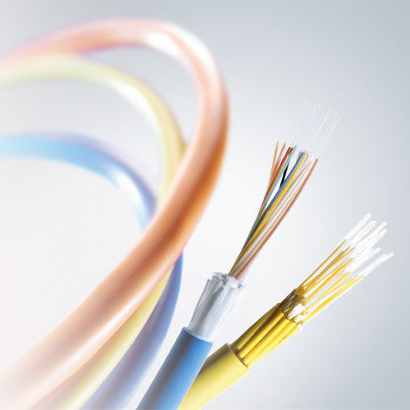There are two main types of fiber - multimode and singlemode.
Multimode fiber can carry multiple light beams (modes) simultaneously with different optical properties in the core; The light ride on the shortest path (down the middle) is the slowest. The larger core simplifies connections and takes advantage of lower cost LED & VCSEL technologies operating in the 850nm window. Range is limited due to dispersion, so less than a kilometer tends to be used as building wiring. It comes in two core sizes, 62.5 and 50 microns.
Singlemode fiber has a much smaller core size of 9 microns and has a single light path and can travel much longer distances, up to 100 km. These require more expensive electronics that run on 1310 and 1550nm windows and are typically used in longer range LANs, Cable TV and telephony applications.
Fiber Optic Cable Transmission Distances
These are industry standard minimum distances achieved with each fiber type, but some cable manufacturers offer advanced cables that exceed them. It's always best to check the manufacturer's specifications.
There are some exceptions to these distances.
1. With proprietary Gigabit extenders, you can extend the Gigabit transmission distance up to 2 km for any type of multimode fiber optic cable. This is useful when you already have fiber cabling installed and additional performance is required.
2. By using single mode modules and a mode conditioning cable, you can increase the range of the OM1 fiber optic cable to 550m.
